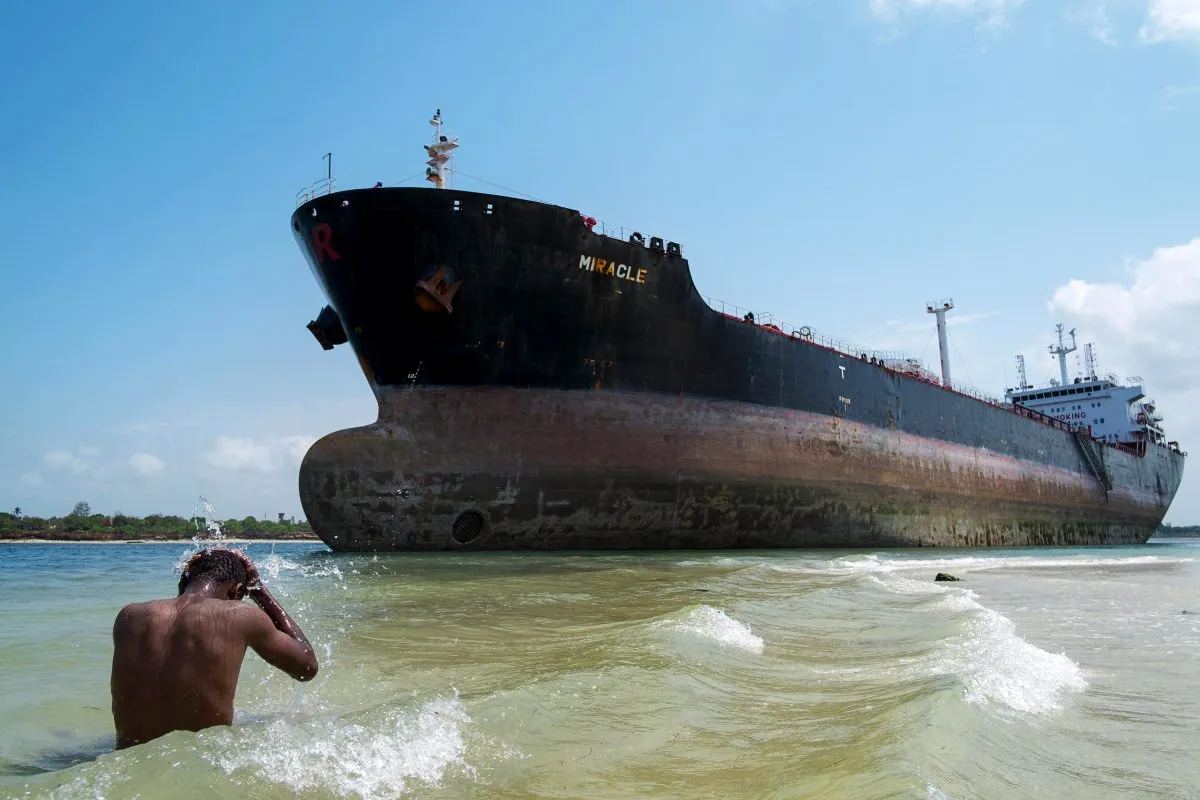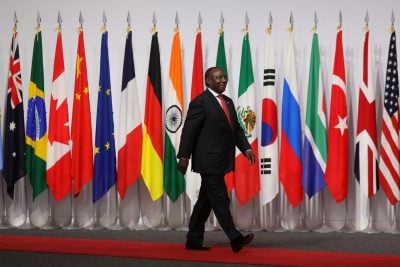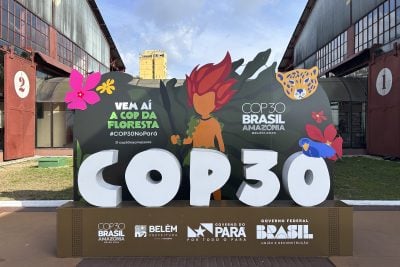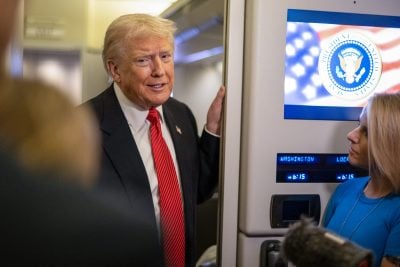The US has unveiled plans to extend the Lobito Corridor, a major transport route snaking through mineral-rich Angola, DRC and Zambia, to the Indian Ocean shores of Tanzania.
Speaking at the end of a week-long trip to the DRC and Tanzania, Helaina Matza, acting special coordinator for the Partnership for Global Infrastructure and Investment at the US State Department, detailed early discussions to include Tanzania in what she called the “Trans-Africa Corridor,” which will facilitate the global export of copper, cobalt and other critical minerals.
“Our mission on this trip is to continue expanding the Trans-Africa Corridor. That includes relaunching our partnership with the DRC and engaging with the Tanzanian government and private sector on next steps towards extending the economic corridor to the Indian Ocean,” Matza said.
“We are working with the government and throughout the region and the private sector to really get a deeper understanding of what some of those local needs are and how to best extend the Trans-Africa Corridor, both physically by the backbone rail that we have helped invest in, but by thinking about important layered projects that help leverage what happens when you actually bring down the amount of time it takes to transit in a region.”
Matza also provided an update on investments elsewhere in the Corridor, including the refurbishing of Angola’s Benguela rail line, which has seen an initial investment by the US Development Finance Corporation of $250m. Another planned project is the building of 800 kilometres of greenfield rail in Angola, DRC and Zambia, which according to Matza is “the most ambitious commercially led infrastructure (project) on the continent that the US has supported.”
Major investment will be needed for these ambitious infrastructure projects. According to the Harvard International Review, the corridor’s cost will be between $1bn and $2.3bn. Matza said the Africa Development Bank has committed $500m, while Italy has pledged $320m towards the project. Further fundraising for the greenfield rail project is currently underway, with commercial lenders being sourced. The rail is offering pre-booked capacity to investors as a way to acquire funds for the project.
Competition with China for critical minerals
The Corridor is seen as a key way for the US and its allies to increase their access to Africa’s critical minerals. The International Energy Agency has estimated that between 2020 and 2040, demand for nickel and cobalt will increase by 20 times, for graphite 25 times, and for lithium more than 40 times. Access to critical minerals is crucial to facilitating the transition away from fossil fuels and fundamental to new hardware and software developments in technology.
In November 2023, the EU and the US signed – together with Angola, DRC, Zambia, the African Development Bank and the Africa Finance Corporation – a memorandum of understanding (MoU) to define the roles and objectives of the Corridor’s expansion.
A key aim for the US and the EU is to link mines on the Copperbelt directly with the Atlantic Ocean, reducing the time and cost of export from the current trucking corridor to South African ports.
Speaking of the projected time savings, Matza said: “when you bring trade routes down from 45 days to 36 hours, it opens up a whole new world for the market.”
The US is currently highly reliant on China for critical minerals, making the nation vulnerable to China’s export curbs. US leaders have highlighted the importance of the US securing its own supply of critical minerals.
However, according to Wala Chabala of the Africa Policy Research Institute, the challenge is steep. The US and their EU counterparts are way behind China, which signed MoUs with most African countries a decade ago, has already locked in the bulk of the supply of critical raw materials, and built supply chains for cobalt, lithium and several other essential minerals and metals. Furthermore, China is set to take over the Tazara railway concession that connects the copper belt to the Indian Ocean port of Dar es Salaam after talks with Zambian and Tanzanian governments earlier this year.
Will Africans benefit?
Various African leaders have called for getting more value out of the investments by China and other nations. Countries like Congo and Zambia who have young populations want to be involved in not just the exportation of raw materials but also their upgrading into batteries or other components.
Questioned on if the critical minerals that are produced around the corridor would ever be processed and refined within African countries, Matza avoided concrete commitments but acknowledged the desire of African countries to move further up the value chain.
“It’s not about, for us, extracting raw ore. In fact, we’re thinking about how we help finance the ecosystem for beneficiation in country, in other partner countries to be part of the global battery ecosystem as it continues to develop,” she said.
Want to continue reading? Subscribe today.
You've read all your free articles for this month! Subscribe now to enjoy full access to our content.
Digital Monthly
£8.00 / month
Receive full unlimited access to our articles, opinions, podcasts and more.
Digital Yearly
£70.00 / year
Our best value offer - save £26 and gain access to all of our digital content for an entire year!

 Sign in with Google
Sign in with Google 



